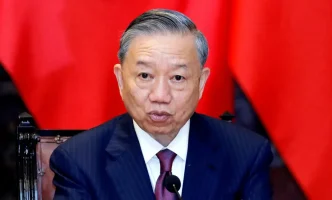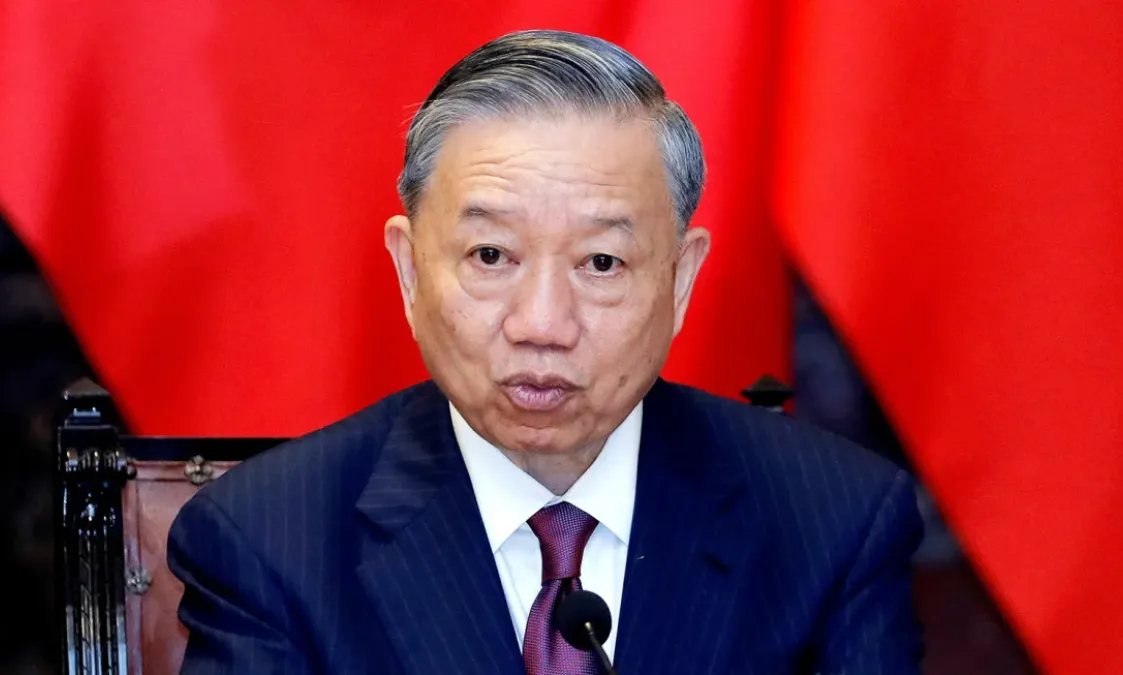Ha Noi – As Vietnam approaches the midpoint of 2025, the nation finds itself at a pivotal moment in its political journey. Recent developments in governance, policy reforms, and public sentiment signal a complex interplay of tradition and modernization. With the Communist Party of Vietnam (CPV) maintaining its central role, questions about the pace of reform and the balance of power continue to shape the national discourse. This article delves into the latest political currents, drawing on official statements and public reactions to provide a comprehensive overview of Vietnam’s evolving landscape.
Recent Policy Shifts and Their Implications
In early May 2025, Vietnam’s National Assembly convened in Ha Noi to discuss amendments to existing economic and social policies, with a focus on sustainable development. According to state-run Vietnam News on May 6, 2025, a senior official stated, “Our goal is to ensure growth while preserving national identity and environmental integrity”. This statement reflects a broader push within the CPV to address global pressures, such as climate change, while adhering to socialist principles. The proposed changes include incentives for green technology investments, though specifics remain under wraps pending final approval.
Analysts suggest that these policies, if implemented, could reshape Vietnam’s industrial sectors, particularly in the Mekong Delta and northern industrial hubs. However, some observers caution that the lack of transparency in the drafting process may fuel public skepticism. While no evidence confirms widespread discontent, social media platforms like X reveal a mix of optimism and concern among Vietnamese netizens, with posts highlighting the need for clearer communication from authorities.
Public Sentiment and the Role of the Vietnam Fatherland Front
The Vietnam Fatherland Front, a political coalition under CPV oversight, has played a key role in gauging and channeling public opinion on these reforms. Operating as a bridge between the government and citizens, the Front has organized community forums across provinces, from Ho Chi Minh City to Da Nang, to gather feedback. A resident of Ha Noi, speaking at one such forum, was quoted by Vietnam News as saying, “We want progress, but not at the cost of our livelihoods”. This sentiment underscores the delicate balance the government must strike between innovation and stability.
Public reactions, while varied, point to a growing demand for accountability. Posts on X from users in urban centers like Ha Noi suggest a cautious optimism, with many expressing hope that reforms will address long-standing issues such as income inequality. However, rural voices, often less represented in digital spaces, may hold different priorities, such as land rights and agricultural support. The government’s ability to address these diverse needs will likely influence public trust in the coming months.
Regional Context and International Relations
Vietnam’s political moves in 2025 cannot be viewed in isolation. The broader South East Asian region, including neighbors like Thailand and Cambodia, faces similar challenges of balancing economic growth with social cohesion. Vietnam’s leadership has sought to strengthen ties with ASEAN partners, evidenced by a series of diplomatic engagements in early May. These efforts aim to position Vietnam as a regional leader in sustainable development, though some analysts speculate that underlying tensions over trade and maritime issues may complicate cooperation. No concrete evidence supports claims of discord, but conditional analysis suggests that unresolved disputes could pose risks if not addressed diplomatically.
On the global stage, Vietnam continues to navigate its relationships with major powers like the United States and China. Recent trade agreements, including a significant deal with a US-based tech firm valued at 2.5 trillion Vietnamese Dong (US$98 million), signal an openness to foreign investment. Yet, the government remains cautious, emphasizing national sovereignty in public statements. As one CPV spokesperson noted, “We welcome partnerships, but not at the expense of our independence”. This stance reflects Vietnam’s historical wariness of external influence, a theme that resonates deeply with its citizens.
Challenges Ahead: Balancing Reform and Stability
One of the most pressing challenges for Vietnam’s leadership is managing the pace of reform. Rapid policy changes, while potentially beneficial, risk alienating segments of the population if not accompanied by robust social safety nets. For instance, the proposed green technology incentives could increase costs for small businesses, a concern raised by several industry representatives in Ha Noi. The government has yet to release detailed mitigation plans, leaving room for speculation about the potential economic impact. If confirmed, such gaps in planning may test the CPV’s ability to maintain public support.
Moreover, the digital age has amplified the spread of information—and misinformation—within Vietnam. While the government has tightened cybersecurity measures under the 2018 Law on Cybersecurity, critics argue that these regulations could stifle dissent. Balancing national security with freedom of expression remains a contentious issue, though official sources maintain that the measures are necessary to combat external threats. Without independent verification, claims of overreach remain speculative, but they highlight the broader tension between control and openness in Vietnam’s political sphere.
Historical Context: Learning from the Past
To understand Vietnam’s current trajectory, it’s essential to consider its historical context. The nation’s post-war reconstruction under CPV leadership prioritized unity and self-reliance, shaping a political culture that values stability above rapid change. The Doi Moi reforms of the late 1980s marked a significant shift toward market-oriented policies, transforming Vietnam into one of South East Asia’s fastest-growing economies. However, these changes also brought challenges, including widening inequality and environmental degradation—issues that continue to influence policy debates today.
Current reforms can be seen as a continuation of Doi Moi’s legacy, albeit with a modern twist. The emphasis on sustainability and technology reflects global trends, but the CPV’s centralized approach ensures that change remains firmly within the framework of socialist governance. This duality—embracing innovation while preserving ideological roots—defines Vietnam’s political identity in 2025 and will likely shape its path forward.
Economic Undercurrents and Social Impact
Beyond politics, economic factors play a critical role in shaping Vietnam’s future. The country’s export-driven economy, heavily reliant on manufacturing and agriculture, faces pressure from global supply chain disruptions and climate change. Recent floods in the Mekong Delta, for instance, have underscored the vulnerability of rural communities, prompting calls for greater government intervention. A proposed relief fund, estimated at 1.8 trillion Vietnamese Dong (US$71 million), aims to address immediate needs, though long-term solutions remain under discussion.
Socially, Vietnam’s young and increasingly connected population is pushing for change. Urban youth, particularly in Ho Chi Minh City, are vocal on platforms like X about issues ranging from education to employment opportunities. Their voices, while not always aligned with official narratives, are shaping a more dynamic public sphere. How the government engages with this demographic—whether through dialogue or restriction—will be a key determinant of political stability in the years ahead.
As Vietnam navigates these complex waters, the interplay of policy, public sentiment, and regional dynamics will continue to define its political landscape. While the CPV remains the unchallenged steward of national direction, the voices of citizens, amplified by technology and global connectivity, are harder to ignore. Whether this signals a new era of responsiveness or a tightening of control remains an open question, one that will unfold in the months and years to come.















